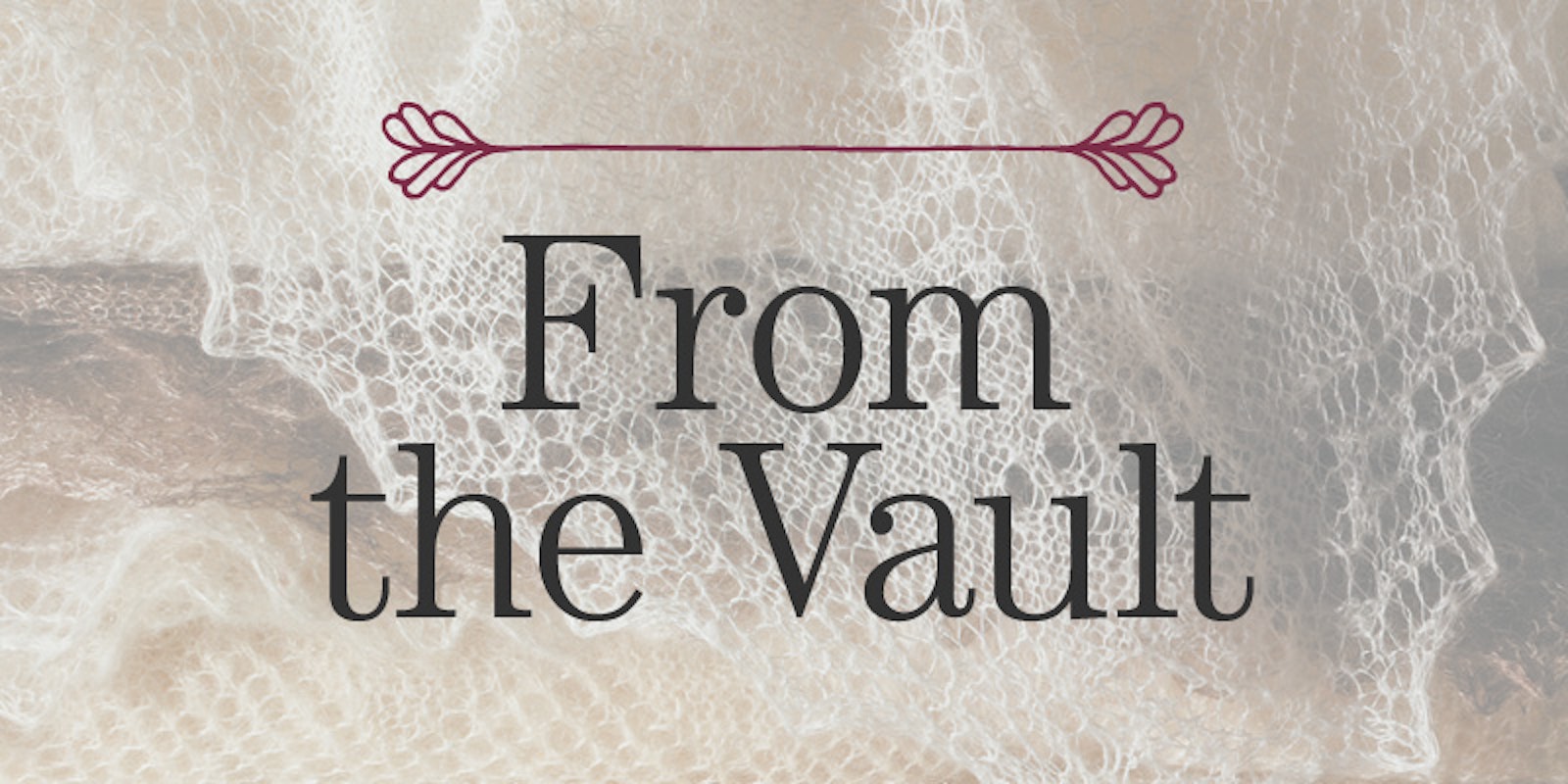 |
||||||||||||
Inspired by the drawings of Hungarian embroidery designer Bori Kis Jankó (pronounced "kish yan-ko"), this colorful doily features her popular flower motifs, including a tulip and two types of rose. This style of embroidery is reminiscent of that used on the long, flowing sleeves of shirts worn by men and boys in Mezokövesd, Hungary, in the late nineteenth and early twentieth centuries.Bori was born in 1875 in Mezokövesd, a town about seventy-five miles east-northeast of Budapest. When word spread of Bori Kis Jankó's talent, women began asking her to draw patterns for their embroidery. They would bring her a piece of fabric, tell her whether it was to be a bedsheet or a shirt sleeve or apron, and she would draw the pattern freehand on the cloth. Bori became the most sought after of the elorajzoló asszonyok, "drawing women." For more on Bori Kis Jankó, see Donna Fenton's article, "She Saw Flowers in Her Dreams" in the January/February 2005 issue of PieceWork.
Materials
• DMC Pearl Cotton (Article 116), 100% cotton thread, size 8, 88 yards (80 m)/ball, 1 ball each of the colors listed in the key • DMC Embroidery Floss (Article 117), 100% cotton 6-strand thread, 8.7 yards (8 m)/skein, Blanc, 1 skein • Fabric, 100% cotton, medium-weight, white, 18 x 18 inches (45.7 x 45.7 cm), 1 piece • John James Needle, sharp size 3 • Embroidery hoop, 12 inches (30.5 cm) in diameter • Awl, sharp pointMaterials are available at yarn, needlework, and craft stores or from mail-order or online resources Finished size 11 inches (27.9 cm) in diameter Pattern
Instructions Notes: Refer to the pattern for color placement. Unless otherwise indicated, work all stitches with one strand of thread. When stitching the flowers and leaves, anchor the thread by taking a few running stitches in the area to be stitched before covering with satin stitches. Using a light source, transfer the pattern to the fabric with a pencil. Mount the fabric in the hoop. Outline the individual black circles of the eyelets with small running stitches and two strands of the embroidery floss. Cut a small cross in the middle of each circle, inside the running stitches. Use the awl to open the eyelet. Stitch around the eyelet by bringing the needle down through the opening and up on the outside of the running stitches, tightly wrapping the perimeter of the eyelet. When the eyelet is complete, run the needle and floss under a few threads on the wrong side and clip thread close to the stitching. Work all flower-and-leaf stems in two rows of stem stitch; stitch the leaves in satin stitch. For each flower, stitch the center first, the inner petals, and then the outer petals when present. Work the blue flowers referring to Figure 1 and the small red flowers referring to Figure 2 for stitches and direction of stitches. Work the centers and petals of the yellow flowers with horizontal satin stitches. Work the central flower using Figure 2 as a guide. Remove the fabric from the hoop. To work the edging, outline both the inside and outside lines with small running stitches. Work a row of chain stitches between the two lines to pad the edging. Trim the fabric within 3/8 inch (1.0 cm) of the outside line of the edging; cut slits close to the notches of the scallops. Folding the fabric edge under as you go, finish the edging with buttonhole stitches. When stitching is complete, trim away any excess fabric on the wrong side. Wash the doily with mild soap and warm water; rinse until the water runs clear. Roll the doily in a white terry towel and squeeze to remove as much water as possible. Remove doily from the towel and cover with a pressing cloth. Press face down on a dry terry towel until dry. About the Designer. After completing a bachelor's degree in studio art with an emphasis on textiles, Donna Fenton taught English in Hungary from 1995 until 1998. Working with a folk artist in Mezokövesd, she developed a line of Matyó embroidery kits that are sold online atwww.lmntl.com. She is working on a master's in linguistics at San Francisco State University. Interweave © 2005. All rights reserved. |
||||||||||||






